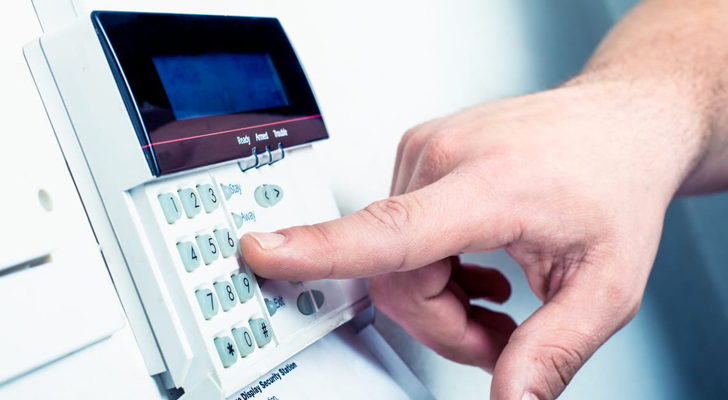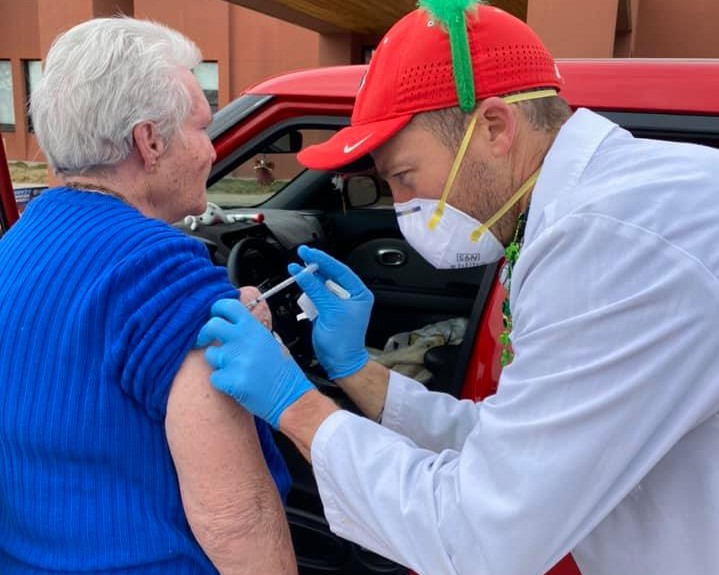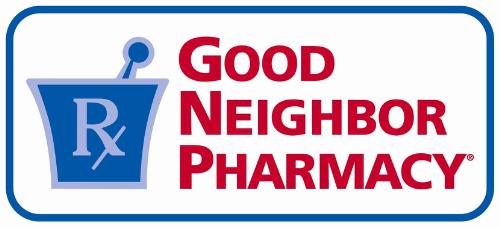Pharmacies on the Front Line
In the mid-90s, trends in healthcare shifted away from treatment and towards prescriptions, and aggressive marketing of drugs such as Oxycontin resulted in physicians being more lenient about prescribing opioids. As opioid use became normalized, prescription drug abuse and addiction skyrocketed to epidemic proportions. The number of people abusing prescription opioids in the United States nearly doubled between 2000 to 2010, and the numbers have continued to rise.
There have been efforts to curb the opioid epidemic. The federal government has reclassified narcotics such as hydrocodone from Schedule III to Schedule II, which has changed how they’re prescribed. In Washington state, for example, physicians can’t prescribe more than a week’s worth of opioids at a time, and new prescriptions must be written in place of refills. This, in tandem with other efforts like physician education, has slowly led to a decrease in prescriptions.
Unfortunately, any steps to limit access to narcotics haven’t been backed up by significant efforts to address abuse and dependency. As a result, as the supply of prescription opioids has dried up, addicts are resorting to breaking into and robbing pharmacies as an alternative way to access their drug of choice. Pharmacies have found themselves on the frontlines of the opioid crisis, dealing with an alarming rise in armed robberies and break-ins.
Robberies on the rise
Pharmacy robberies are an issue nationwide, and methods vary by city and state. In Arizona statistics show that armed robberies are the preferred method, while in Houston entry through walls and roofs is more common. And while rural areas may be more vulnerable to nighttime break-ins, urban areas are experiencing a rise in daytime armed robberies. In 2016 California experienced a 71% increase in pharmacy armed robbery, overtaking Indiana as the state with the highest number of pharmacy robberies.
The costs of the opioid epidemic to pharmacies are significant, including increased insurance premiums and deductibles, large investments in sophisticated security systems, and business and cash flow disruptions.
Another grave cost is the stress and fear caused by armed robberies. The potential danger can take a large toll on pharmacy owners and staff. One San Diego pharmacy has endured two armed robberies, and they’ve lost staff because their employees no longer want to work in a dangerous environment. This kind of stress can have long term effects on a store.
Nine common sense precautions
Consider implementing these common sense precautions at your pharmacy to help mitigate the risk of robberies and break-ins:
- First and foremost, install a well-designed alarm system that is well-maintained and used consistently and properly.
- Display visible signs of security. Install visible cameras at all points of entry. Post “Protected by” signs that advertise your alarm system.
- Have a silent alarm system with an under-the-counter button your staff can activate. Work with your local police and security company so you’ll know how they’ll respond.
- Decrease the number of access points. Bar windows, reinforce glass or install a shatterproof film. Use strong locks on the front and back doors.
- Train your staff. Put a plan in place and practice it. Employ a keyword or “ambush code” for your staff to use in case of a robbery.
- Be alert at all times. Know your local patients, and be on the lookout for suspicious people from outside your area with large prescriptions. Don’t earn a reputation as a pharmacy that blindly fills opioid prescriptions.
- Keep all narcotics locked up night and day. A safe can forestall robberies during the day and stop nighttime break-ins. Time-delay safes, when advertised, can deter armed robbers.
- Use decoy bottles of opioids. Keep a few bottles labeled “Hydrocodone” but filled with placebo pills. In the case of a robbery, your staff can hand these over in place of actual narcotics.
- Reach out to your local police and other area pharmacies to stay alert about fraud, forgery, and robberies that are of local concern.
Keep your employees safe
What should you and your staff do in the case of a daytime robbery? Here are some tips:
- Don’t be a hero. Cooperate fully, and stay as calm as possible.
- Observe the robbers and any weapons they may have, in order to help provide a description to the police.
- If possible, try to note the robbers’ method of escape (car description, license number, direction they went).
- Lock the pharmacy and call the police immediately.
If you experience a robbery or break-in, use it as an opportunity to review and prepare for the future. Take some time to sit down with your staff and your local police to review your procedures, policies, and security system. Look for opportunities to make improvements, in the hopes of preventing any future robberies, thefts, and break-ins.
The future of the opioid epidemic is unclear. There is growing public awareness of the dangers of prescription opioids, which has led to doctors being more cautious and prescribing fewer opioids than before. As a pharmacist or pharmacy owner, it is important that you take precautions to protect your pharmacy and staff during this ongoing epidemic in order to reduce the likelihood your store and staff will be impacted by this type of crime.




